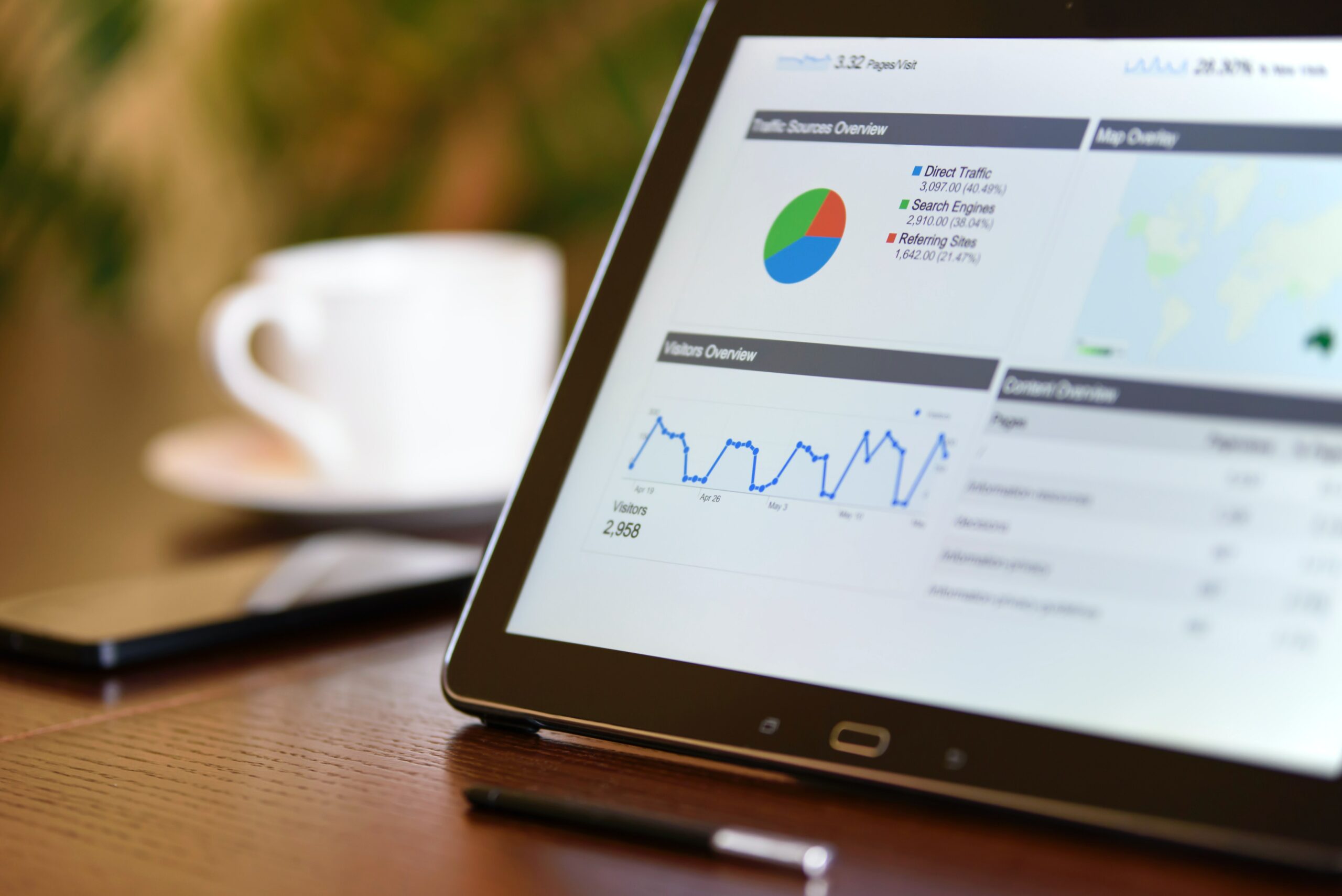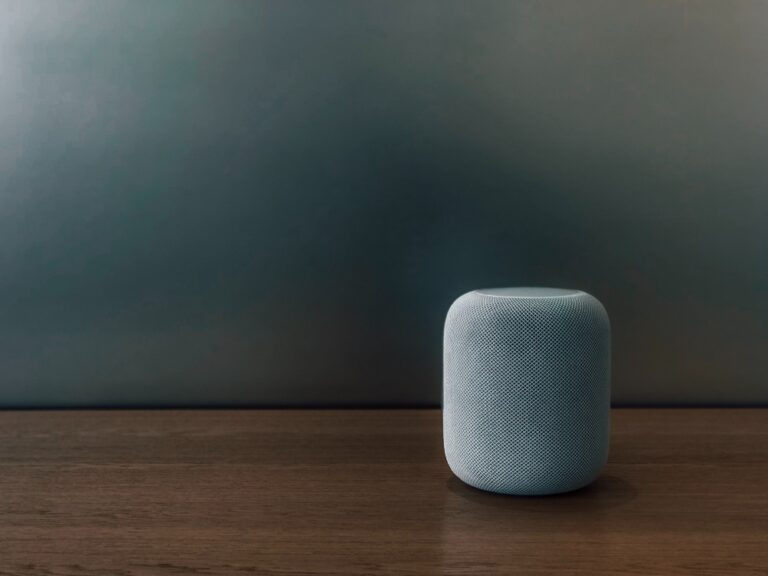For many startups, the initial product is never what they want it to be. The founders have a vision in their head of what they believe will work, but when faced with the reality of making this product, they realize there are problems that need to be fixed before an actual launch can happen.
The process that many companies use to get from the initial idea to a working prototype is called “Minimum Viable Product” or MVP. This allows them to test out their ideas and find out if users are interested in it before spending too much time developing it.
Minimum viable products are becoming increasingly popular in the tech world. They are much more efficient than older models of development, which used to spend time and money building products that nobody wanted.
The benefits of minimum viable products include the following:
– They allow for fast failures so companies can assess their product whether it is worthwhile to continue developing it or not.
– They help startups build a prototype without spending too much money, thus saving them time and effort.
– They are more cost-effective than other development models because they just produce one product that is good enough for testing out an idea before finalizing it.
A lot of people think that building a minimum viable product (MVP) can be risky — because you’re releasing something which is not fully featured and polished. But in fact, the opposite is true. Building an MVP actually protects your company from failure, and gives you more time to improve your product by providing you with quick feedback from real users. Building an MVP requires you to get out of the building and talk to real users about what they want and need. This process will help you identify your target audience and validate assumptions before investing too much time and money into.
There is no better time to start building a minimum viable product (MVP) than right now. Launching an MVP is one of the most cost-effective ways to test your business idea, validate your market and gather initial feedback from customers. The sooner you get started, the sooner you’ll learn what will make or break your business in its early stages.







